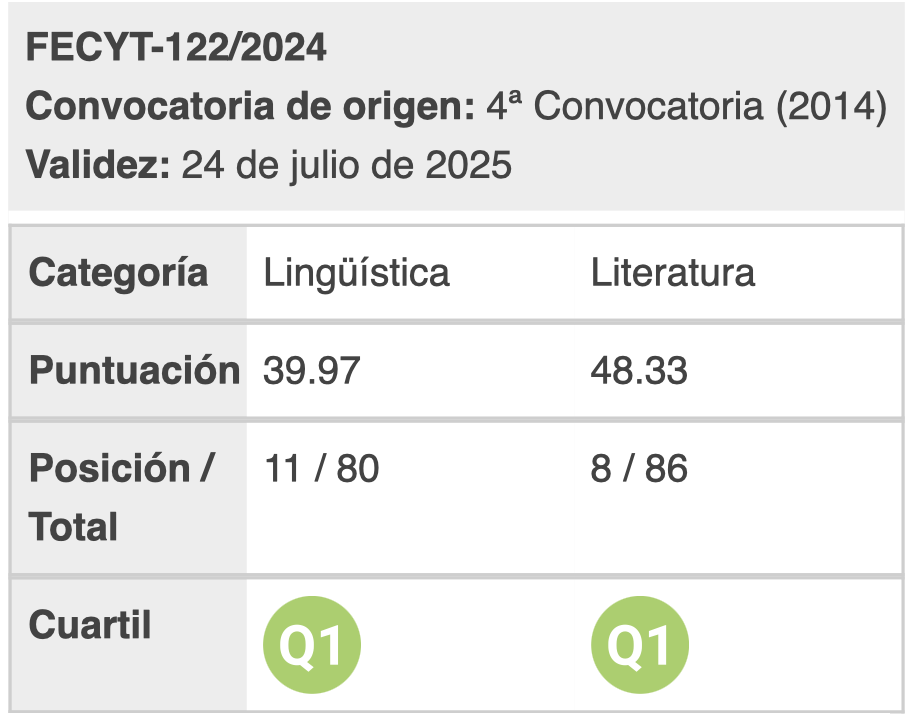Women as Black Angels in Cornell Woolrich’s Noir Fiction
DOI:
https://doi.org/10.28914/Atlantis-2025-47.1.3Keywords:
Cornell Woolrich, black angels, the femme fatale, noir fiction, female criminality, gender and crimeAbstract
This article examines Cornell Woolrich’s representations of his female protagonists’ black angels, that is, self-sacrificing but vengeful and dangerous women. As black angels, female characters in Woolrich’s novels, such as Julie Killeen in The Bride Wore Black (1940) and Alberta Murray in The Black Angel (1943), are seemingly defending their homes and standing up for justice but ultimately, they get caught up in a violent world and face the inescapability of failure. It is argued here that Woolrich’s trope of the black angel subverts the stereotype of the femme fatale by mirroring and simultaneously challenging the depiction of the roles of women during the turbulent sociopolitical period around the Second World War in the US, as well as the shift in gender dynamics at that time. Woolrich’s narratives become a vehicle to express this very sense of insecurity and anxiety and the need to both articulate and subvert the pressing need for order and control, particularly in relation to women. This article also illustrates that Woolrich’s black angels are complex creations that are part and parcel of the recipe of sex, paranoia and violence that fill the pages of Woolrich’s noir novels, and it is this recipe that destabilizes both gender norms and legal codes as far as the portrayal of female criminality is concerned.
Downloads
Metrics
References
Bassett, Mark T., ed. 1991. Blues of a Lifetime: The Autobiography of Cornell Woolrich. Bowling Green: Bowling Green State University Press.
Boozer, Jack. 1999. “The Lethal Femme Fatale in the Noir Tradition.” Journal of Film and Video 51 (3-4): 20-35.
Cassuto, Leonard. 2009. Hard-boiled Sentimentality: The Secret History of American Crime Stories. New York: Columbia University Press.
Dickos, Andrew. 2002. Street with No Name: A History of the Classic American Film Noir. Lexington: University Press of Kentucky.
Dijkstra, Bram. 1986. Idols of Perversity: Fantasies of Feminine Evil in Fin-de Siècle Culture. Oxford: Oxford University Press.
Doane, Mary Ann. 1991. Femme Fatales: Feminism, Film Theory, Psychoanalysis. New York: Routledge.
Farrimond, Katherine. 2017. The Contemporary Femme Fatale: Gender, Genre and American Cinema. New York: Taylor & Francis.
Glover, David. 2003. “The Thriller.” In Priestman 2003, 135-155.
Grossman, Julie. 2009. Rethinking the Femme Fatale in Film Noir: Ready for Her Close-up. Basingstoke: Palgrave Macmillan.
Gurr, Ted Robert. 1981. “Historical Trends in Violent Crime: A Critical Review of the Evidence.” Crime and Justice 3: 295-354.
Haut, Woody. 2002. Heartbreak and Vine: The Fate of Hardboiled Writers in Hollywood. London: Serpents Tail.
Hanson, Helen. 2007. Hollywood Heroines: Women in Film Noir and the Female Gothic Film. London: I.B. Tauris.
Haycraft, Howard. 2019. Murder for Pleasure: The Life and Times of the Detective Story. New York: Dover Publications.
Hilfer, Anthony Channell. 1990. The Crime Novel: A Deviant Genre. Austin: University of Texas Press.
Hiney, Tom, and Frank MacShane, eds. 2000. The Raymond Chandler Papers: Selected Letters and Nonfiction. New York: Atlantic Monthly Press.
Horsley, Lee. 2001. The Noir Thriller. Basingstoke: Springer.
Inciardi, James A. and Charles E. Faupel, eds. History and Crime: Implications for Criminal Justice Policy. Beverly Hills: Sage Publications.
Irwin, John T. 2006. Unless the Threat of Death is Behind Them: Hard-boiled Fiction and Film Noir. Baltimore: JHU Press.
Kaplan, E. Ann, ed. 1978. Women in Film Noir. Rev. and expanded edition. London: British Film Institute.
Krutnik, Frank. 1991. In a Lonely Street: Film Noir, Genre, Masculinity. London: Routledge.
Lee, A. Robert. 2008. Gothic to Multicultural: Idioms of Imagining in American Literary Fiction. Amsterdam: Rodopi.
Mayer, Geoff, and Brian McDonnell. 2007. Encyclopedia of Film Noir. Westport: Greenwood Publishing Group.
Maxfield, James. 1996. The Fatal Woman: Sources of Male Anxiety in American Film Noir, 1941-1991. Madison: Fairleigh Dickinson University Press.
Mulvihill, Donald and Melvin Marvin Tumin, eds. 1969. Crimes of Violence: A Staff Report Submitted to the National Commission on the Causes and Prevention of Violence. Washington DC, US Government Printing Office.
Nevins, Francis M., Jr. 1988. Cornell Woolrich: First You Dream, Then You Die. New York: The Mysterious Press.
O’Brien, Geoffrey. 1997. Hardboiled America: Lurid Paperbacks and the Masters of Noir. New York: Da Capo Press.
Piotrowska, Agnieszka. 2018. The Nasty Woman and the Neo Femme Fatale in Contemporary Cinema. London: Routledge.
Place, Janey. 1978. “Women in Film Noir.” In Kaplan 1978, 35-67.
Priestman, Martin, ed. 2003. The Cambridge Companion to Crime Fiction. Cambridge: Cambridge University Press.
Renzi, Thomas. 2006. Cornell Woolrich from Pulp Noir to Film Noir. Jefferson: McFarland.
Rzepka, Charles and Lee Horsley, eds. 2010. A Companion to Crime Fiction. Hoboken: John Wiley & Sons.
Stott, Rebecca. 1992. The Fabrication of the Late Victorian Femme Fatale: The Kiss of Death. London: Macmillan.
Server, Lee. 2002. Encyclopedia of Pulp Fiction Writers. New York: Facts on File, Inc.
Simon, Rita J. 1976. “American women and crime.” The Annals of the American Academy of Political and Social Science 423(1): 31-46.
Simpson, Philip. 2010. “Noir and the Psycho Thriller.” In Rzepka and Horsley 2010, 187-197.
Ward, David A., Maurice Jackson, and Renee E. Ward. 1969. “Crimes of Violence by Women.” In Donald Mulvihill and Tumin. 1969, 843-909.
Weatherford, Doris. 1990 American Women and World War II. New York: Facts on File.
Woolrich, Cornell. 1943. The Black Angel. New York: Ace Books.
—. 1940/ 2015. The Bride Wore Black: A Novel. Renaissance Literary & Talent.
Zahn, M. 1980. “Homicide in the Twentieth Century United States.” In James A. Inciardi and Charles E. Faupel 1980, 111-132.
Downloads
Published
How to Cite
Issue
Section
License
Copyright (c) 2025 Maysaa Jaber

This work is licensed under a Creative Commons Attribution-NonCommercial-ShareAlike 4.0 International License.








